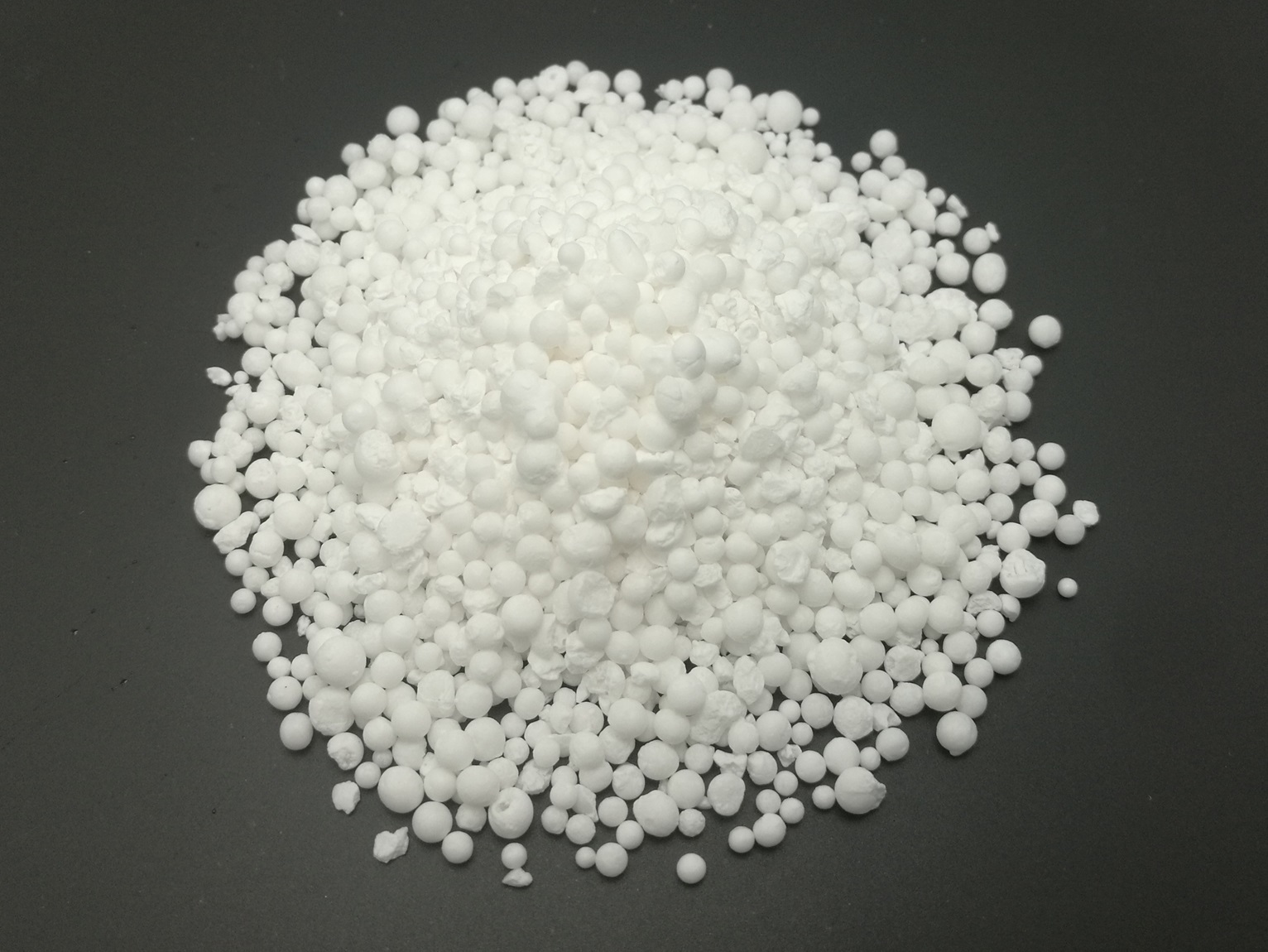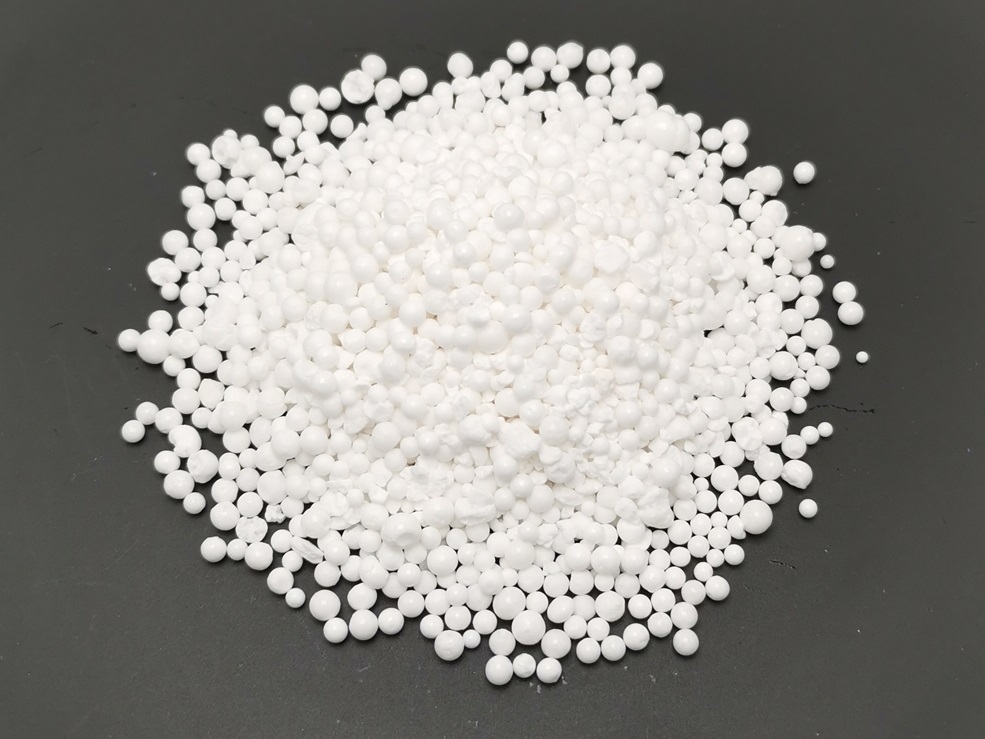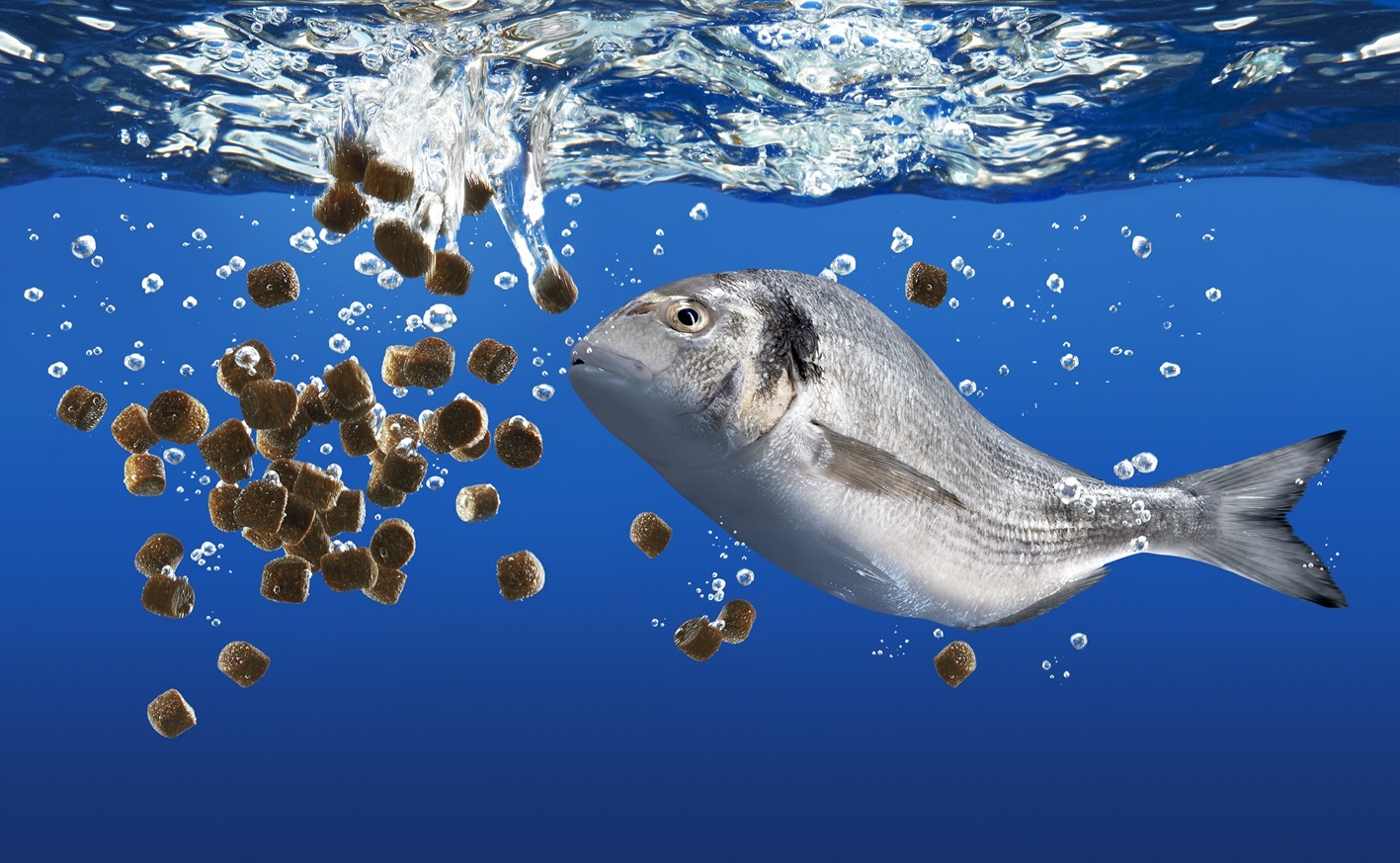Calcium Chloride
- Main Uses & Advantages
- Packaging & Storage
- 概要位置
- 顶部大图
- 蓝色模块数据小图
-
- Commodity name: Calcium Chloride
- Mgo Content:: 1
- typ:: 1
- Appearance: : 1
- Powder/Granular/Pellet Grain Size: 1
- Other indicators:: 1
Due to its unique properties, calcium chloride finds applications in a variety of sectors. It is extensively used as a de-icing agent to make ice and snow melt and easy to remove.
Calcium chloride flakes have large, flat flake surface for superior adherence and stability, designed to ensure precise distribution and adherence to the application surface in a determinative area. Calcium chloride pellets have uniform pellet shape for controlled spreading, very suitable for purpose of rapidly covering a big surface area.
The practical lowest temperature limit for calcium chloride is -25 ℉or -31.7 °C.
Calcium chloride also serves as a dust control agent on roads. It pulls moisture from the air, keeping roads and surfaces damp with lower dust production much longer than water. It can work even in hot, dry conditions and don’t dry up like water, which provides a cumulative effect.
-
25kg paper bag.
Big PP bag with or without bottom spout, with or without PE liner.
Store product in a dry area, remaining sealed.
Shelf life is 12 months under good storage condition.
-
Calcium chloride can be extracted from brine or by reacting calcium carbonate and hydrochloric acid or by reacting limestone and hydrochloric acid or produced as a by-product of the Solvay process.
The physical appearance of calcium chloride varies depending on its hydration level. It can exist as a white powder/pellet in its anhydrous form or as white to colorless prill/flake when hydrated. Calcium chloride is highly soluble in water and releases a significant amount of heat upon dissolution. Calcium chloride is noteworthy for its hygroscopic nature, which means it can absorb water from its surroundings.
-

-
Main Properties CaCI2 94% min. NaCl2 5.0% max. MgCl2 0.5% max. CaSO4 0.05% max. Water Insoluble 0.25% max. pH 7.5 - 11 Grain Size Prill
- Main Uses & Advantages
- Packaging & Storage
- 概要位置
- 顶部大图
- 蓝色模块数据小图
-
- Commodity name: Calcium Chloride
- Mgo Content:: 1
- typ:: 1
- Appearance: : 1
- Powder/Granular/Pellet Grain Size: 1
- Other indicators:: 1
Due to its unique properties, calcium chloride finds applications in a variety of sectors. It is extensively used as a de-icing agent to make ice and snow melt and easy to remove.
Calcium chloride flakes have large, flat flake surface for superior adherence and stability, designed to ensure precise distribution and adherence to the application surface in a determinative area. Calcium chloride pellets have uniform pellet shape for controlled spreading, very suitable for purpose of rapidly covering a big surface area.
The practical lowest temperature limit for calcium chloride is -25 ℉or -31.7 °C.
Calcium chloride also serves as a dust control agent on roads. It pulls moisture from the air, keeping roads and surfaces damp with lower dust production much longer than water. It can work even in hot, dry conditions and don’t dry up like water, which provides a cumulative effect.
-
25kg paper bag.
Big PP bag with or without bottom spout, with or without PE liner.
Store product in a dry area, remaining sealed.
Shelf life is 12 months under good storage condition.
-
Calcium chloride can be extracted from brine or by reacting calcium carbonate and hydrochloric acid or by reacting limestone and hydrochloric acid or produced as a by-product of the Solvay process.
The physical appearance of calcium chloride varies depending on its hydration level. It can exist as a white powder/pellet in its anhydrous form or as white to colorless prill/flake when hydrated. Calcium chloride is highly soluble in water and releases a significant amount of heat upon dissolution. Calcium chloride is noteworthy for its hygroscopic nature, which means it can absorb water from its surroundings.
-

-
Main Properties CaCI2 94% min. NaCl2 5.0% max. MgCl2 0.5% max. CaSO4 0.05% max. Water Insoluble 0.25% max. pH 7.5 - 11 Grain Size Prill
| Main Properties | ||
| CaCI2 | 94% min. | |
| NaCl2 | 5.0% max. | |
| MgCl2 | 0.5% max. | |
| CaSO4 | 0.05% max. | |
| Water Insoluble | 0.25% max. | |
| pH | 7.5 - 11 | |
| Grain Size | Prill | |
Recommended Applications
Magnesium chloride and calcium chloride are very effective products for snowmelt and dust control.
Magnesium is one of the most important minerals in cells; magnesium and its mixture are mainly involved in different roles like metabolic pathways of protein, enzymatic reaction, carbohydrate, and lipid.









